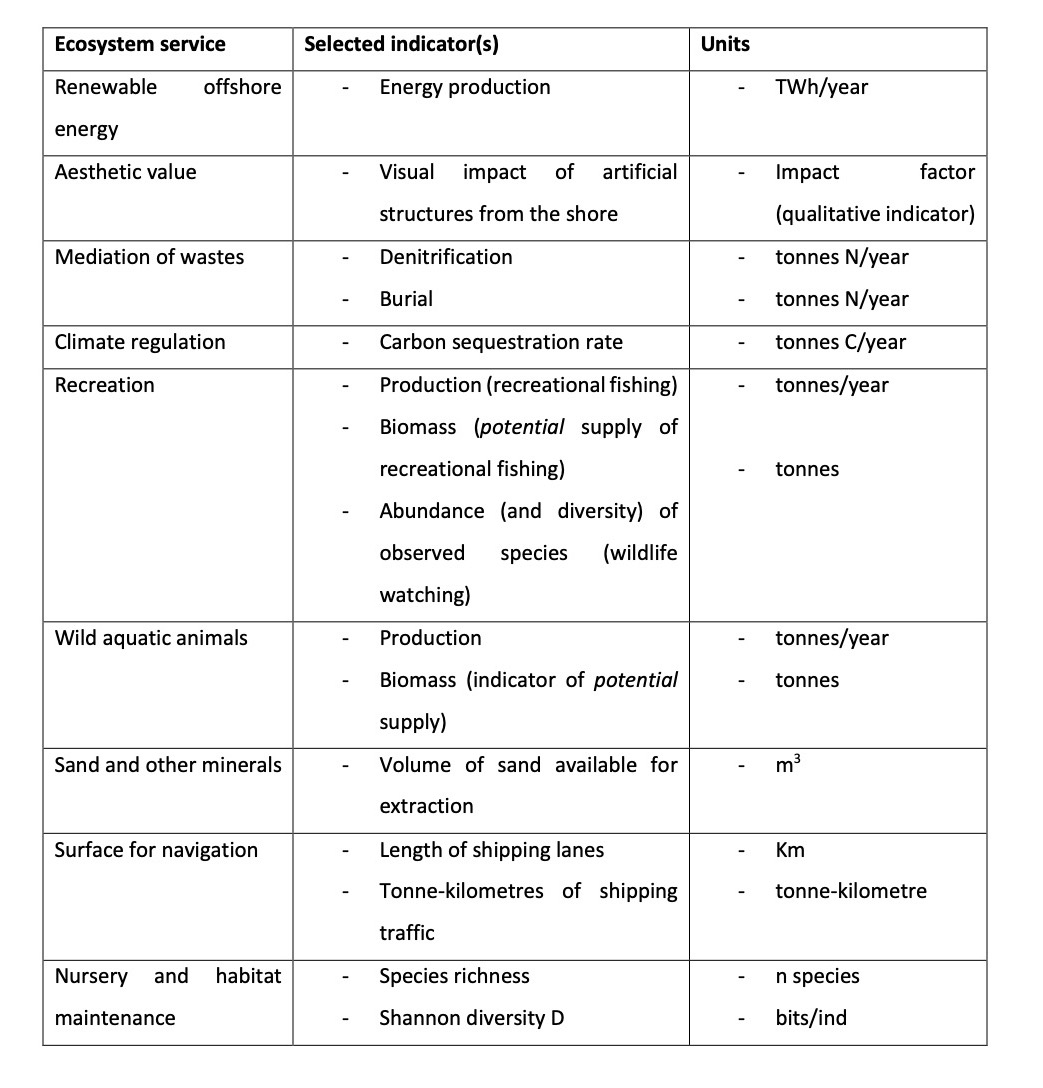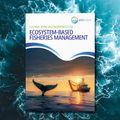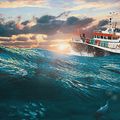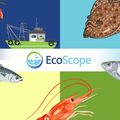EcoScope research proposes model for assessing impacts of North Sea wind farms on environmental assets
A team of 12 researchers, including Sheila J.J. Heymans, Executive Director of the European Marine Board, a key partner of the EU-funded EcoScope project, published a paper recently proposing a model for quantitatively assessing the impact of human activities in marine ecosystems on environmental assets. This paper is based on research examining offshore wind energy production off the North Sea coast of Belgium’s, which is one of the fastest expanding marine industries globally. The paper is a first step to incorporating an Ecopath with Ecosim (EwE) model of the Southern North Sea into the larger quantitative supply-demand ecosystem services model for the Belgian Coast and is linked to the EwE model being created in EcoScope.
The paper, titled “Impacts of human activities on the supply of marine ecosystem services: A conceptual model for offshore wind farms to aid quantitative assessments”, appeared in the March 2023 issue of Heliyon.
Ecosystem services (ES) comprise the full range of benefits derived from the environment, such as renewable offshore energy, waste mediation, navigation, fishing (wild aquatic animals; nursery and habitat maintenance), climate regulation (particularly carbon sequestration), and quarrying sand and other minerals, as well as recreational uses and passive aesthetic value.
The researchers called it the first study to holistically map the cause-effect chains starting from the initial presence of offshore wind farms to impacts on ES provision using primarily empirical systems understanding together with existing indicators.
“This study offers a useful method to select modelling tools effectively and transparently, for fully quantitative ES assessments in the marine environment”, the team said. “The four-tiered approach proposed here led to a selection of models and other tools to quantify ES of varying complexity, which allows those interested in quantifying changes in ES supply to select tools that best fit their needs,” they added.
To select the most appropriate models to be used to quantitatively model ES supply and impacts on them, the team defined four criteria: (1) the model must contain variables relevant for the changes identified in the impact assessment; (2) the model must represent relevant pathways of the conceptual case-specific impact model; (3) the model must be of an appropriate level of complexity (rated as low, medium or high) in the dimensions explicitly included; and (4) the model and its outputs should allow linkage between ES and analysis of trade-offs .
This research is part of a wider transition from qualitative and semi-quantitative marine ES assessments to those that are solidly quantitative, and provides a useful tool in that transition, highlighting the need for a fully integrated approach to developing environmental impact assessment tools in general, the team asserted.
“In order to accurately judge the state of the marine system – and the ES it supplies – it is inadequate to merely assess fixed ecosystem parameters and the distribution and state of habitats: One must also gain an understanding of the processes underlying ecosystem functioning and ES,” they argued.
They developed a four-tiered method for summarising available knowledge and modelling tools used for quantitative ES assessments, to bridge the gap between qualitative and quantitative assessments, which includes: (1) Conceptual mapping of the functioning mechanisms underlying supply of the ES; (2) Summarizing impacts of the given human activity and linking them to the conceptual map in a case-specific model of the ES supply; (3) Selecting indicators to best represent changes in the key parameters within the conceptual model quantitatively; and (4) Selecting the models most useful for quantifying changes in supply of the ES caused by the human activity, based on the knowledge gained from the three preceding steps.
“Mapping the pathways of human impacts on ES supply enables researchers to objectively evaluate the influence of human-induced pressures, e.g. from Blue Economy initiatives, on ES supply and offers new perspectives on the tools used to assess changes in ES supply,” the researchers added. “The reasons to create conceptual ES models for case studies are plentiful.” Conceptual models of ES supply can facilitate discussion between stakeholders with different backgrounds and help align experts and stakeholders by identifying priorities and linking them to human interventions transparently and systematically, the researchers said.
Specifically in the case of North Sea offshore wind farms (OWF), the study found that the presence of OWF impacts both the living and inanimate components of the marine environment, and that these components interact with each other intensely. OWF thus affect ES supply in many ways, both directly and in long-term cause-effect chains in the marine environment.

Indicators selected from the indicator database for each of the selected Ecosystem Service






